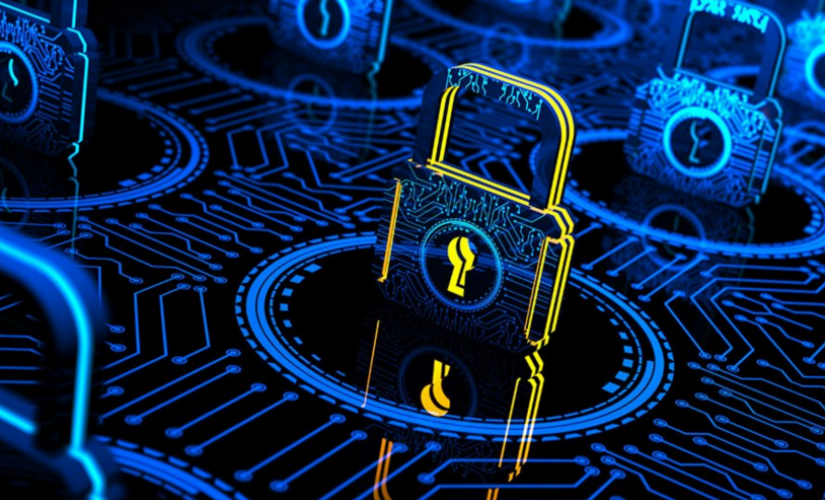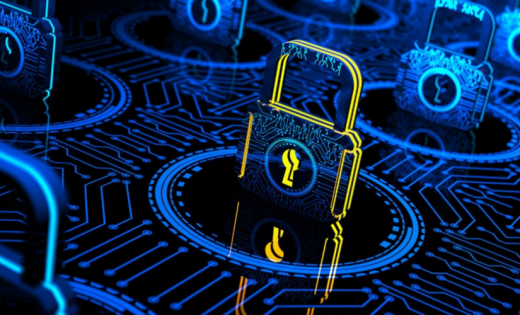12 Lesser-Known IoT Protocols You Wished You Knew About Earlier
12 Lesser-Known IoT Protocols You Wished You Knew About Earlier

According to a Gartner prediction, there will be 25 billion connected devices by 2021, which is significantly higher than their previous estimate of 20.4 billion devices in 2020. IDC data shows that 152,000 IoT devices will connect to the internet every minute by 2025. Yes, you read that right, 152,000 devices per minute. These statistics clearly show exponential growth in the number of connected devices.
Just like any other technology, IoT also has its fair share of challenges, which could hamper its wider adoption. The good news is that modern IoT platforms are evolving to deal with future challenges. Security and privacy have always been the Achilles heels of IoT devices. The lack of standards and protocols complicates matters even more. Thankfully, this issue has been resolved after the introduction of many new IoT protocols. Unfortunately, a small percentage of enterprises know about these IoT protocols, let alone implement them.
In this article, you will learn about IoT communication protocols and standards that no one told you before.
1. ZigBee
Initially designed to fulfill industrial needs instead of consumer needs, ZigBee is an ideal choice for industrial sites where data needs to transfer in small quantities between different buildings or homes. It operates at a frequency of 2.4 GHz. Famous for supporting low powered, scalable, and secure solutions, ZigBee 3.0 has converted the protocol into a single standard while making it easy to implement at the same time.
2. MQTT IoT
MQTT stands for Message Queue Telemetry Transport. Developed way back in 1999 by Arlen Nipper from Arcom and Andy Stanford Clark of IBM, it is basically a messaging protocol that enables device communication and helps users monitor their IoT devices from a remote location. MQTT has long been used for collecting data from electrical devices.
MQTT protocol has three key components:
- Subscriber
- Publisher
- Broker
Publisher generates data and sends that data to the subscriber with the help of a broker. Brokers serve as a middleman whose responsibility is to ensure security and privacy of data being transmitted between publishers and subscribers. To make this possible, it authorizes and authenticates both subscribers and publishers.
3. CoAP
CoAP stands for Constrained Application Protocols. Primarily designed for restricted smart devices, CoAP is the best option for devices that has a restricted community. What makes it stand out is its ability to work well even with HTTP protocols. In fact, it shares a lot of similarities and a few differences with HTTP protocols.
For instance, it is based on the same restful architecture that HTTP uses. Secondly, both HTTP and CoAP take advantage of UDP for smaller data transmission. One of the main differences between HTTP and CoAP is in terms of ambiguity. CoAP eliminates the ambiguity associated with HTTP get, put up, delete commands.
4. DDS
DDS stands for Data Distribution Service. Facilitating machine to machine communication, this protocol is capable of handling high performance, real-time communication between machines.
DDS comprises of two main layers:
- Data-Centric Publish-Subscribe (DSPs)
- Data Local Reconstruction Layer (DLRL)
The job of Data-Centric Publish-Subscribe is to deliver information to subscribers while the role of the data local reconstruction layer is to facilitate this process by offering an interface to Data-Centric Publish-Subscribe. What makes DDS unique is its ability to transfer data to both low footprint devices and cloud. This protocol was developed by Object Management Group in 2004.
5. AMQP
AMQP stands for Advanced Messaging Queuing Protocol. It is an application layer protocol that is primarily designed for middleware and is message-oriented in nature. What makes AMQP special is the fact that it is considered as a globally standardized IoT messaging protocol.
AMQP protocol has three key elements:
- Exchange
- Message Queue
- Binding
The exchange role is to put the message together and arrange it in a queue while the message queue is responsible for storing the message. As the name suggests, the binding element acts as a bridge between the exchange component and message queue components.
6. LoRaWAN
LoRaWAN stands for Long Range Wide Area Network. Made for supporting vast networks with millions of low powered devices, it is one of the best IoT protocols for smart cities. In addition to this, it is also being used to secure two-way communication.
It’s 15 km long range in suburban areas distinguishes it from other IoT protocols. In urban areas, the range stays between 2 to 5 km. Even though the frequency might vary from network to network, it’s ability to communicate over long distances makes it a great IoT protocol.
7. Z-Wave
Z-Wave IoT protocol focuses on low powered radio frequency communication. This protocol can come in handy in home automation applications. Unlike wireless network technologies such as Wi-Fi, it offers much better protection, low latency and other features. Since it works in sub-1 GHz band. The range is anywhere from 30 to 100 meters. Data transfer rate is from 40 to 100 kilobits per second. Z-wave can give you cloud access and acts as a bridge that connects different components from one another.
8. SigFox
Operating in the middle of Wi-Fi and cellular, Sigfox takes advantage of ISM bands. Since these bands are free to use that is why you don’t even need to buy licenses to use this IoT protocol. Sigfox offers low data transfer speeds and consumes low power by using a technology called Ultra Narrow Band.
One of the biggest downsides of using this IoT protocol is that you are only allowed to transmit data on a narrow spectrum but more than makes up for it with its low power consumption. All this makes it one of the best IoT protocols for machine-to-machine communication.
We are already seeing its applications in smart meters, streetlights, security devices, patient monitors and environment, and agriculture-based sensors across Europe. In rural environments, this protocol can work in the 30-50 km range and 3-10 km in urban environments.
9. Thread
Designed by inventor of Nest, famous home automation solution provider, Thread is the new entrant in the IoT protocol game, but it has shown immense promise. It is basically an IPv6 based networking protocol that is based on 6LowPAN. Initially developed to complement Wi-Fi networks in a home environment, it has expanded its applications substantially since then. Capable of handling 250 nodes with authentication and encryption, the thread works at a frequency of 2.4 GHz and has a range of 10 to 30 meters. Moreover, it can also support mesh networking within radio transceivers.
10. EnOcean
By far, the most innovative IoT protocol, EnOcean takes a completely different approach to IoT connectivity. Instead of following the traditional pattern, it leverages energy harvesting and wireless sensing capabilities. This makes it a perfect choice for devices that have to alert users based on changing situations. For instance, notify device owners about changes in temperature and ligating conditions.
Even though its applications are fairly limited to home automation, logistics, transportation and industrial automation but we might see its applications grow in different industries in the future. Covering a range of 300 meters in outdoor environment and 30 meters in indoor setup, this IoT protocol works on the frequency of 315 MHz, 868 MHz and 902 MHz.
11. 6LowPAN
LowPAN stands for Low Power Personal Area Network. 6LowPAN is basically a network protocol that uses its own header compression and encapsulation mechanism. The physical layer this protocol works on and the frequency band it uses makes it compatible with multiple communication platforms such as Wi-Fi, sub-1 GHz ISM, and Ethernet.
Since this protocol is based on IPv6, it can easily handle millions of IoT devices. That is not all, each IoT device can have their unique IP address, which makes it easy for device owners to track devices and improve their security. With IPv6 offering transportation systems for sophisticated control systems and allowing businesses to communicate with devices too by consuming less power and costing your less money, we might see its popularity grow in future.
12. Neul
Just like Sigfox, Neul also uses a sub-1 GHz band. It uses different frequencies ranging from 470 MHz to 900 MHz to create low power, high coverage, and low-cost wireless networks. It uses Weightless communication technology, which is a new wireless wide area network technology designed to replace existing communication technologies such as GPRS, CDMA, 3G, and 4G LTE for IoT devices. IoT devices that use this protocol consume anywhere from 20 to 30 mA of power and can transmit data at a rate anywhere from 100 bits per second to 100 kilobits per second.
Which IoT protocols and standards do you use for communications? Share it with us in the comments section below.
The post 12 Lesser-Known IoT Protocols You Wished You Knew About Earlier appeared first on ReadWrite.
(64)


